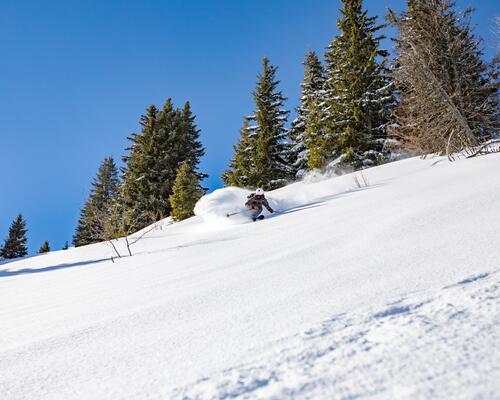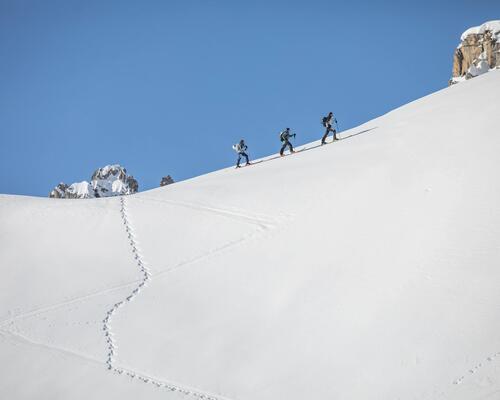1 - How does an airbag backpack work?
In concrete terms, an airbag backpack is a cross-country, splitboard or freeride backpack with a pocket containing an airbag. When you activate the bag's inflation system, a 150 litre balloon deploys in less than 5 seconds to help you float above the snowpack.
The French National Association for the Study of Snow and Avalanches (ANENA) has studied the effectiveness of airbags for the survival of off-piste skiers in order to verify the interest of the bag for freeriders in an objective way. It concludes that "Airbags are an important piece of safety equipment, but their impact on mortality is lower than previously reported and survival is not guaranteed. For people seriously involved in avalanches of size 2 or larger, the use of an airbag, if it worked, reduced the risk of death by half (from 22% to 11%)" (see the full study on the ANENA website https://www.anena.org/7601-efficacite-des-airbags-avalanche.htm).
So being equipped with all the necessary search equipment (avalanche transceiver, probe and shovel) and an airbag is essential to maximise your chances in the event of an avalanche. However, this can in no way replace the study of the snow cover and the weather conditions to avoid finding oneself in a critical situation. Your main security is to know how to give up.







